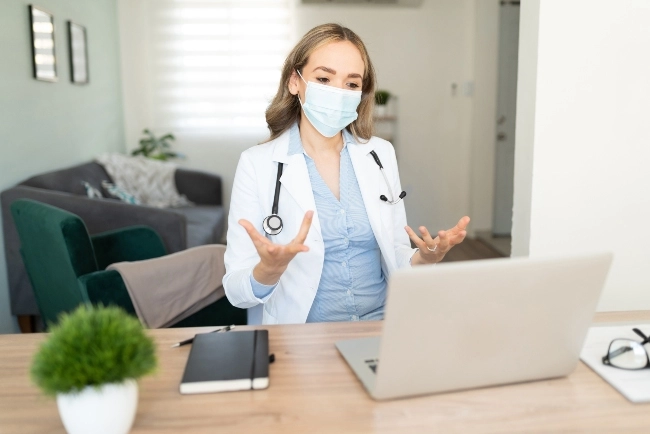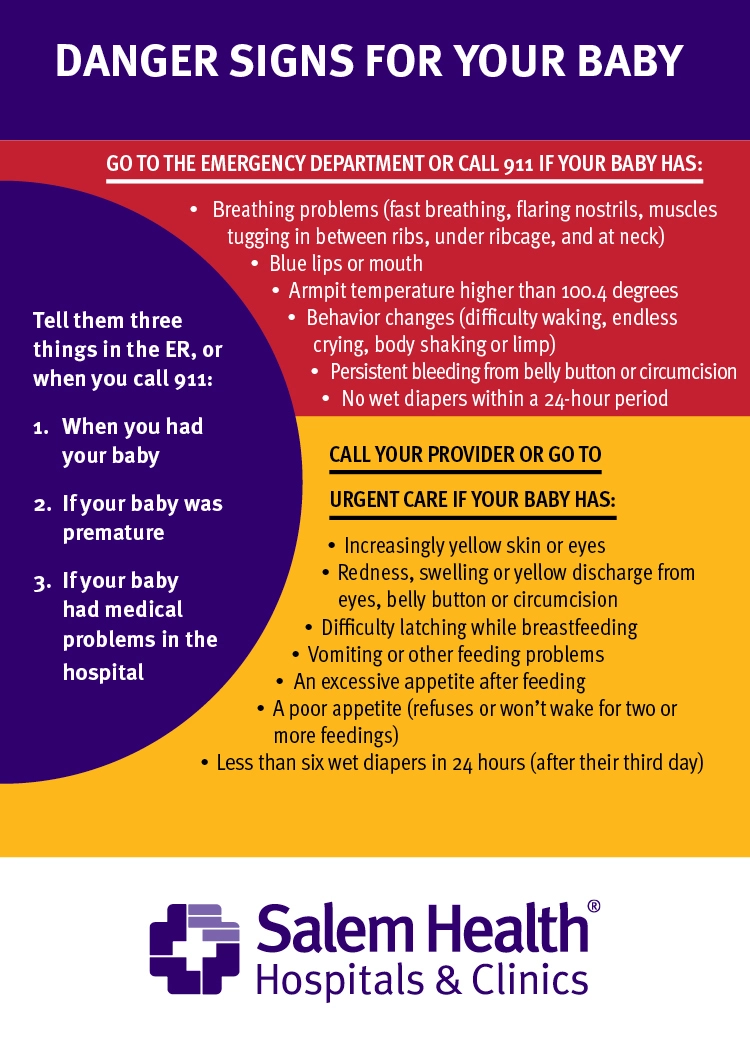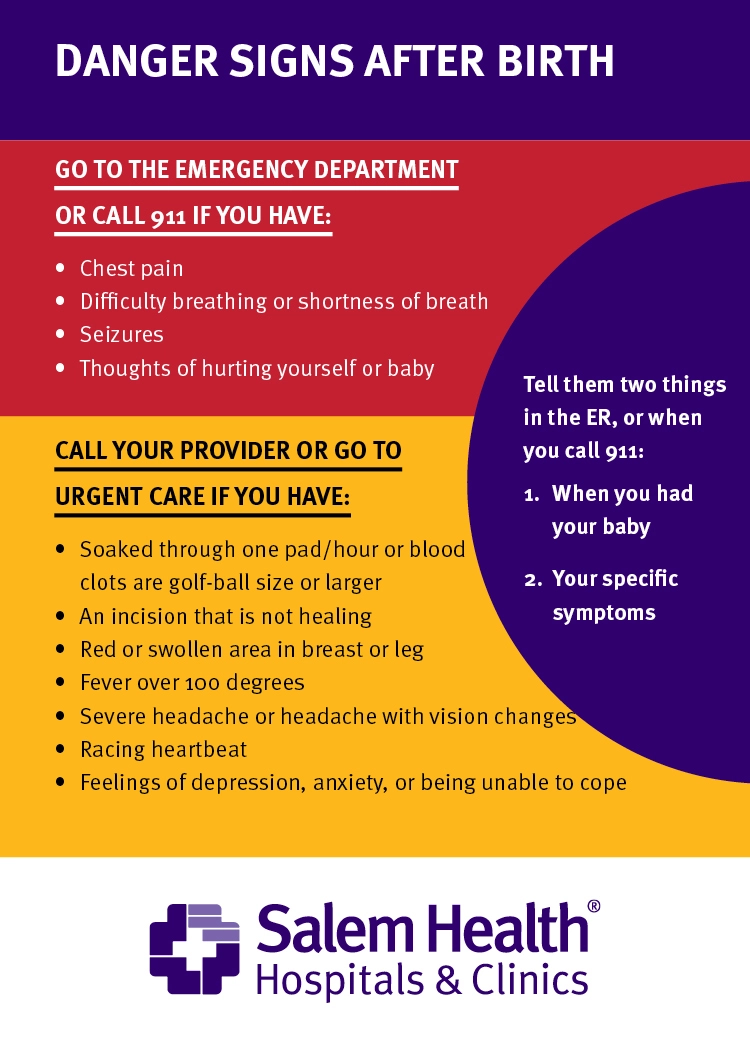Pain after delivery
Regardless of your delivery, it’s not uncommon to feel pain after your baby arrives. The most important thing to remember is that it will take time to heal. Here are some common pains after birth:
Vaginal soreness
If you’ve had an episiotomy or vaginal tear, the wound might hurt for a few weeks. This is normal. Large tears might take longer to heal. In the meantime:
- Soothe the wound. Cool wound with ice pack or place a witch hazel pad (brand name Tucks) between a sanitary napkin and wound.
- Stinging urination. Pour warm water over your vulva as you’re urinating. Press a clean pad firmly against the wound for support when you bear down for a bowel movement.
- Keep the wound clean. Use a squirt bottle with water to rinse the skin between the vaginal opening and anus after using the toilet.
- Medications. Ibuprofen may be used to decrease inflammation and pain. Benzocaine spray may decrease pain by numbing the wound.

Bleeding and afterpains
You might feel contractions, sometimes called afterpains, in the first few days after delivery. They feel like menstrual cramps and do two important things:
- Help prevent excessive bleeding by compressing uterus blood vessels.
- Help expel leftover blood and tissue from the uterus. This vaginal flow is called lochia and continues for two to six weeks after delivery.
Bleeding is often bright to dark red, and heavy the first few days after delivery. Some clots as large as a small tangerine are normal. If you are expelling many large clots or having unusually heavy flow (soaking through a large pad in an hour or less), call your nurse while you’re in the hospital, or your doctor if you’re at home.
Essential oils
If you’re interested in using essential oils or other alternative medicine — for pain or any other reason — contact your nurse to pursue this therapy.

